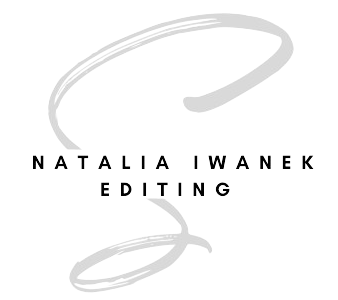Avoiding Harm in Our Editing and Writing
 Avoiding harm in our editing and writing seems like a simple statement. As copy editors, avoiding introducing errors into the documents that we are working on, is something that we take very seriously.
Avoiding harm in our editing and writing seems like a simple statement. As copy editors, avoiding introducing errors into the documents that we are working on, is something that we take very seriously.
However, in recent years, the concept of inclusive language, or conscious language, has been increasingly discussed in the copy and stylistic editing spheres.
Beyond introducing grammatical or stylistic errors, inclusive language focuses on flagging possible harm to our intended audience. Often unintentional, this harm can exist in the form of stereotypes, tropes, slurs, and even style choices, such as capitalization, italics, hyphenation, and quotation marks.
Additionally, inclusive language is something that is extremely important to my personal life, and something that I have dedicated myself to professionally. Specifically, a great deal of my work focuses on my personal intersections of disability, gender identity, sexual orientation, and class.
Where Do We Begin?
At times, I have heard that the entire concept of inclusive language appears daunting and intimidating. How is it possible to keep up with these frequent changes? My suggestion for those hoping to learn more about this sphere is to start with small steps. In addition, remember that language is ever-evolving and best practices change frequently. It is important to keep up with these changes.
That said, perfection is impossible, as we all have unconscious and/or implicit biases. However, it is a life-long process to unlearn our own personal harmful habits. This is something that we must undertake intentionally and continuously.
Similarly, my personal philosophy is to learn from my mistakes, identify my personal unconscious and/or implicit biases, and work to overcome these each day.
Avoiding Harm in Our Editing and Writing
I bring this practice into my editing. In particular, I do not wish to cause harm to my clients nor their audiences. I am focused on helping my clients bring the best possible product to their audience, in a way that makes the reader feel respected and acknowledged.
In many ways, this can also be done through sensitivity reading prior to the editing process. Although I offer several intersections in my sensitivity readings, I can also refer clients to my network of colleagues and peers, whose lived experiences are outside of my own.
What Was My Personal Journey?
I am still very much in a personal journey of learning and unlearning. I don’t think that this process ever truly ends. For beginners, my suggestions would be to attend editing webinars and workshops and read extensively.
Finally, I would also suggest reaching out to your network of colleagues and peers to pass along projects outside the scope of your lived experiences and expertise, in possible.
Inclusive Language Resources
Below, are some of my favourite resources, which I have learned a great deal from and continue to read to refresh my knowledge.
- Conscious Style Guide
- Radical Copy Editor
- Rabbit with a Red Pen
- Gregory Younging’s Indigenous Elements of Style: A Guide for Writing By and About Indigenous Peoples
How do you avoid harm in your writing in editing? What are you hoping for in 2024? For inclusive language projects, please visit my inclusive language page, which lists my experience and rates.
Questions? Comments? Contact me for more information about your project needs.
